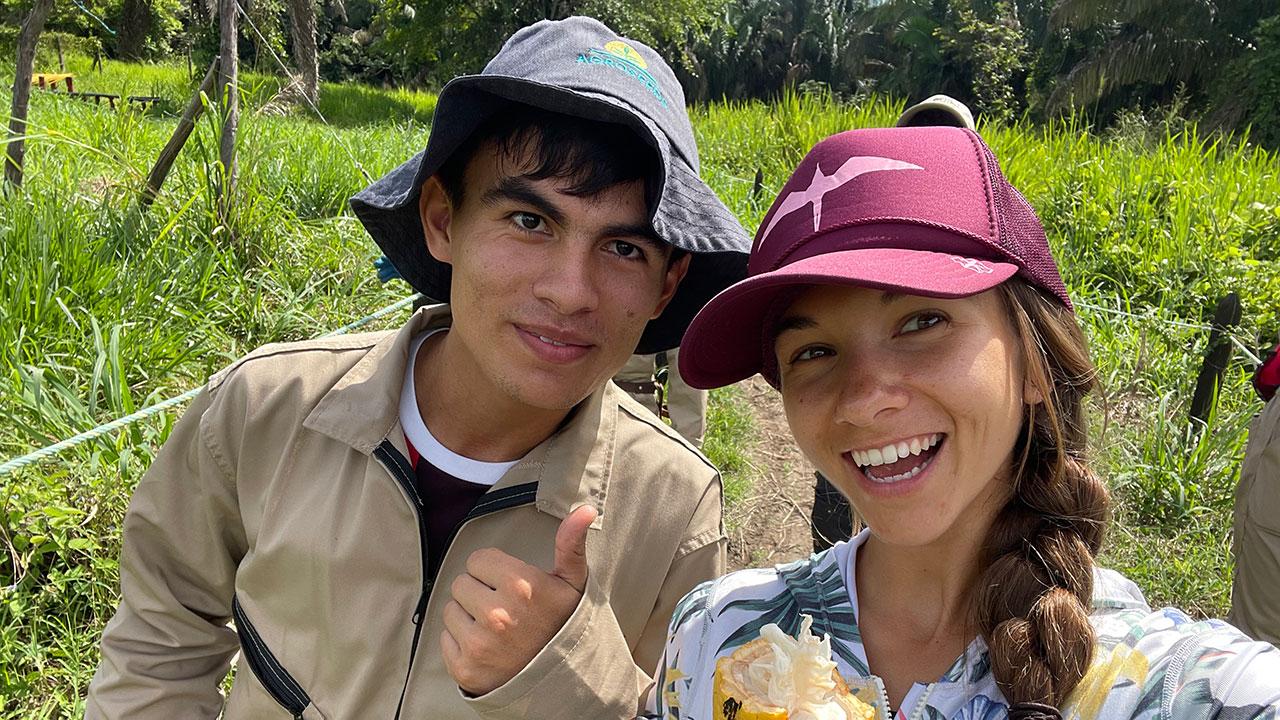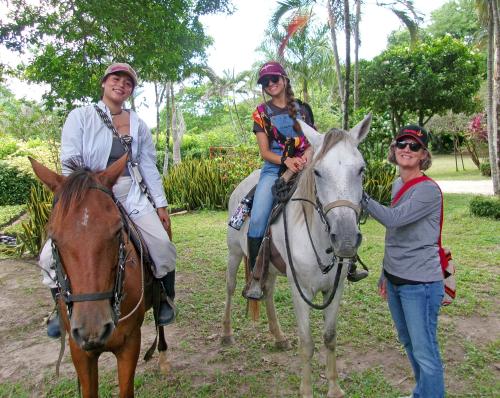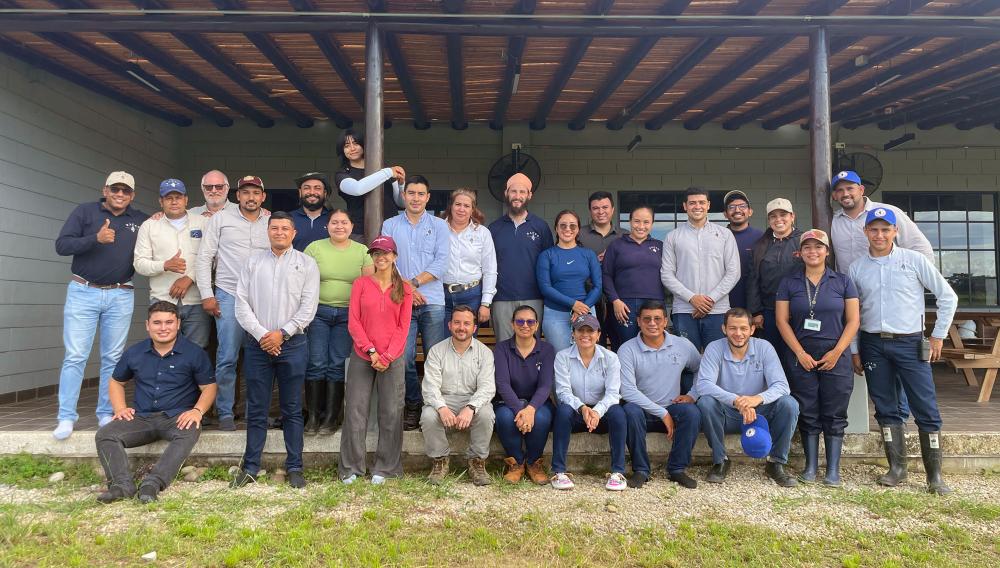
Cacao, Culture and Resilience: Lessons from Colombia’s Chocolate Farms

When we think of chocolate, we think of the decadent silky sweet treat that melts in our mouth and brings immediate comfort. We do not think about, or oftentimes even know, that chocolate is made from a tropical fruit: cacao. This fruit is strange looking, like a neon dinosaur egg, but inside holds 40-50 beans (cocoa beans) that are covered in a sweet pulp that enriches the bean flavor as it gets processed into chocolate. The Amazonian region of Colombia is pinpointed as the origin of cacao, and today the country produces and exports some of the finest cocoa beans and chocolate products in the world. The country’s deep cultural significance to the fruit as well as a robust national consumption sets up for an interesting cacao farming landscape. Today, there are about 65,000 small scale cacao farms that fuel Colombia’s cacao sector. Interestingly, Colombia is also home to the world’s largest working cacao farm, though it is still the small scale farmers that supply Colombia’s processors and exporters with the quality beans that they need.
Despite their essential role in the supply chain, small scale cacao farmers are increasingly struggling to sustain productions that make ends meet. This is due to a variety of factors: 1) rural violence and corruption from rebel groups, 2) social and financial pressures to join the coca (cocaine) industry, 3) climatic changes and environmental destruction, and 4) Colombia’s pluralistic agriculture extension system makes it hard for farmers to get consistent support. Such issues have caused farmers to abandon their cacao productions altogether, switch to other livelihoods (sometimes illicit crop production which brings on violent threats), and migrate to cities. These consequences pose major threats to Colombia’s cacao industry, rural economies, and title as the producer of the world’s finest chocolate.

My thesis research revolves around supporting small scale farmers to keep and advance their cacao productions. I traveled to rural Colombia and partnered with Universidad de La Salle Utopía, Unitrópico, and Andean Cacao Company to work with small-scale cacao farmers in learning about their diverse productions and barriers to achieving higher yield and profits. I also worked with Colombia’s largest farm’s production team to understand their farm’s efficiency and gain insights on practices and concepts that could translate to the small farms to enhance their systems. My research partners and I hosted a Farmer Field School with about 30 small scale farmers, where we facilitated various activities and talks from industry experts and researchers. My research activity was Fuzzy Cognitive Mapping. Here, we split the farmers into four groups where they then collaborated on a list of 15 production variables that affected yield (ex. irrigation, labor, pest and disease). Then, they drew arrows to indicate how the variables impacted each other. Different colored markers signaled positive, negative, or neutral relationships between the variables. Each group had two trained student facilitators that presented the “maps” to the collective group once everyone had finished. The maps demonstrated what is going right and what is going wrong for the farmers, elucidating support areas. This activity was replicated at a large-scale cacao farm to understand the dynamics of a successful and scalable production. After completing data analysis, I hope to re-connect with the farmers to explain the results of the comparative study, and provide information that can support the longevity and profitability of their cacao farms.

During my time in Colombia I felt incredibly lucky to have had the opportunity to meet with cacao farmers and learn about their passion for their livelihood. There was not a single farmer that I talked to that was not in love with cacao. Their passion and dedication to cacao reinforced that this is not just any crop that they grow to make money - this is the crop of their ancestors, a fruit that has evolved with the Colombian people over thousands of years and is now loved by the world. To the person reading this, whenever you come across Colombian chocolate, use this blog post as your reason to buy it without further thought. I can guarantee that that bar holds the finest and most passion-filled cocoa in the world.